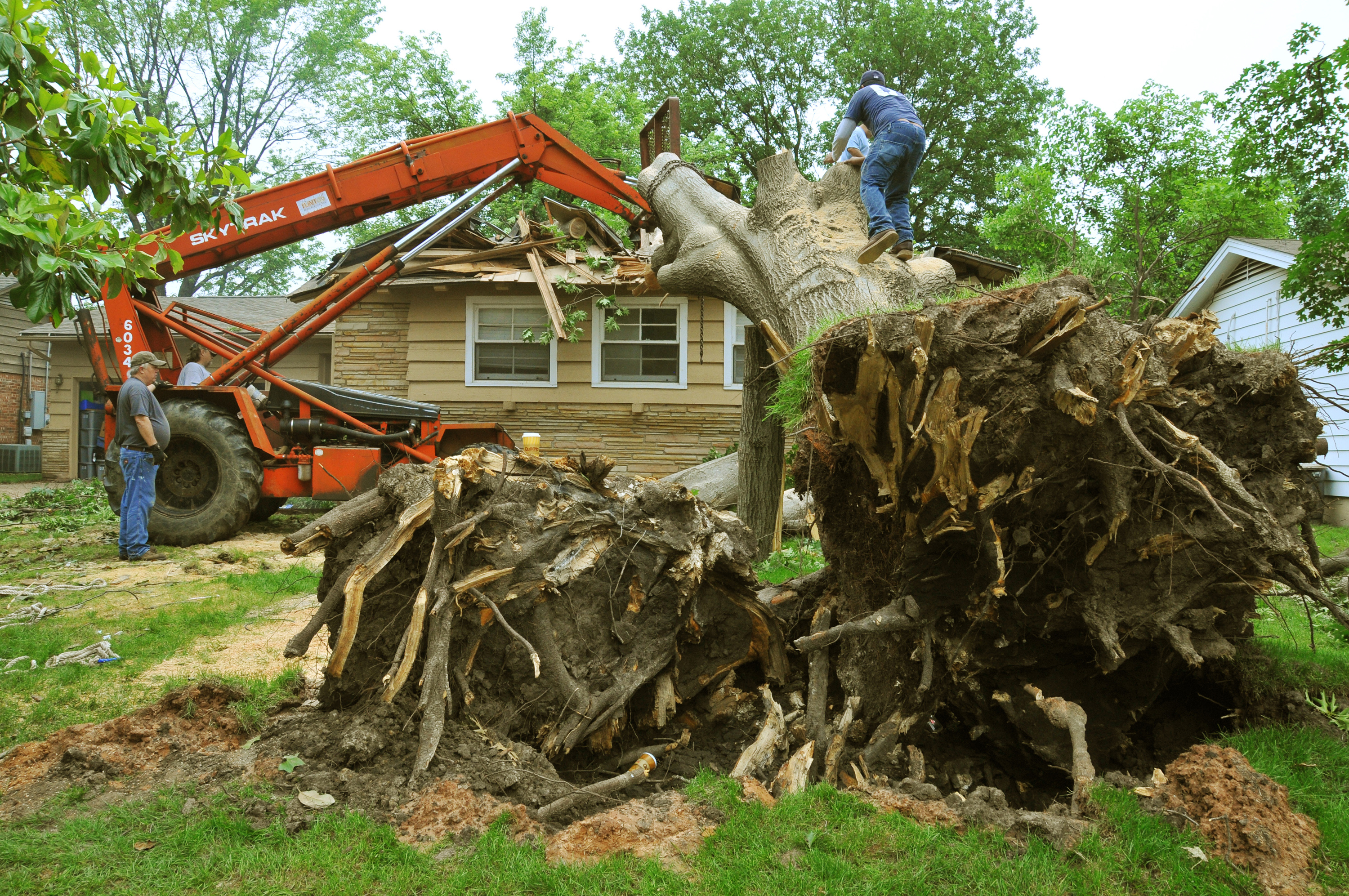
Efficient Urban Tree Removal for Cityscape Transformation
Urban tree removal is a complex and essential aspect of city planning and maintenance. This process involves the careful removal of trees within urban areas for various reasons, ranging from safety concerns to urban development. Discover the nuances of urban tree removal, its importance, and the strategies employed to ensure efficiency and sustainability.
Balancing Urban Development and Green Spaces
As cities grow and urban development continues, there is a constant need to balance the expansion of infrastructure with the preservation of green spaces. Urban tree removal becomes necessary when trees pose safety risks or impede construction projects. Striking a balance between urban development and environmental conservation is crucial for creating sustainable and livable cityscapes.
Safety Considerations in Urban Environments
Safety is a primary concern when it comes to urban tree removal. Trees in densely populated areas, near buildings, or close to power lines may pose risks during storms or due to disease. Professional arborists assess the health and stability of urban trees, identifying those that require removal to ensure public safety and prevent potential property damage.
Preserving Tree Canopy and Biodiversity
While tree removal is sometimes unavoidable, urban planners and arborists strive to preserve the overall tree canopy and biodiversity within urban environments. This involves strategic planning to replant new trees, select appropriate tree species, and implement green initiatives that contribute to a healthier and more sustainable urban ecosystem.
Collaboration with Arborists and Environmental Experts
Efficient urban tree removal requires collaboration between city planners, arborists, and environmental experts. Arborists play a crucial role in evaluating the health of urban trees, identifying potential risks, and recommending appropriate removal strategies. Environmental experts contribute to the development of sustainable practices and guide the replanting process to enhance urban biodiversity.
Community Engagement and Awareness
In urban settings, community engagement is vital when it comes to tree removal. Transparent communication about the reasons behind removal, potential risks, and future replanting efforts helps build trust within the community. Educating residents about the importance of balancing urban development with environmental preservation fosters a sense of shared responsibility.
Efficient Tree Removal Techniques in Urban Areas
Urban tree removal involves employing specialized techniques to navigate the challenges posed by confined spaces and proximity to infrastructure. Arborists utilize methods such as sectional dismantling, where a tree is dismantled in smaller sections, to prevent damage to surrounding structures. This approach ensures the safety of both workers and nearby properties.
Recycling and Reusing Removed Trees
Efforts to make urban tree removal more sustainable include recycling and reusing removed trees. Instead of sending all removed material to landfills, cities may implement programs to recycle wood into mulch or repurpose it for community projects. This eco-friendly approach minimizes waste and contributes to a circular economy within urban areas.
Strategic Replanting Initiatives
To maintain the ecological balance and aesthetic appeal of urban areas, strategic replanting initiatives follow tree removal. Urban planners work with arborists to select appropriate tree species that complement the city’s landscape and provide environmental benefits. Well-planned replanting ensures that the urban tree canopy continues to thrive over time.
The Role of Urban Tree Removal in Urban Planning
Urban tree removal, when conducted thoughtfully and strategically, plays a vital role in shaping the future of urban landscapes. It involves a delicate balance between progress and preservation, prioritizing safety, biodiversity, and community engagement. By embracing sustainable practices and leveraging expert guidance, cities can navigate urban tree removal to create greener, safer, and more resilient urban environments.
Conclusion: Nurturing Urban Green Spaces
Efficient urban tree removal is an integral part of nurturing and enhancing urban green spaces. As cities evolve, careful consideration of tree removal, replanting initiatives, and community involvement contribute to the creation of vibrant, sustainable, and resilient urban environments. By recognizing the importance of urban tree removal in the broader context of urban planning, cities can continue to thrive while preserving their natural green assets.
